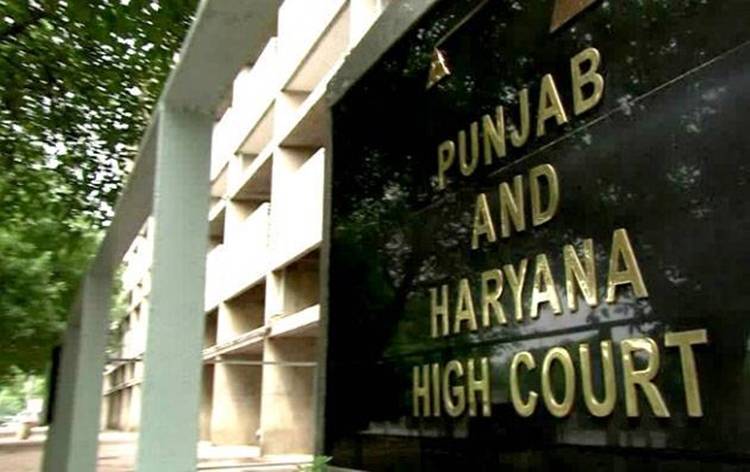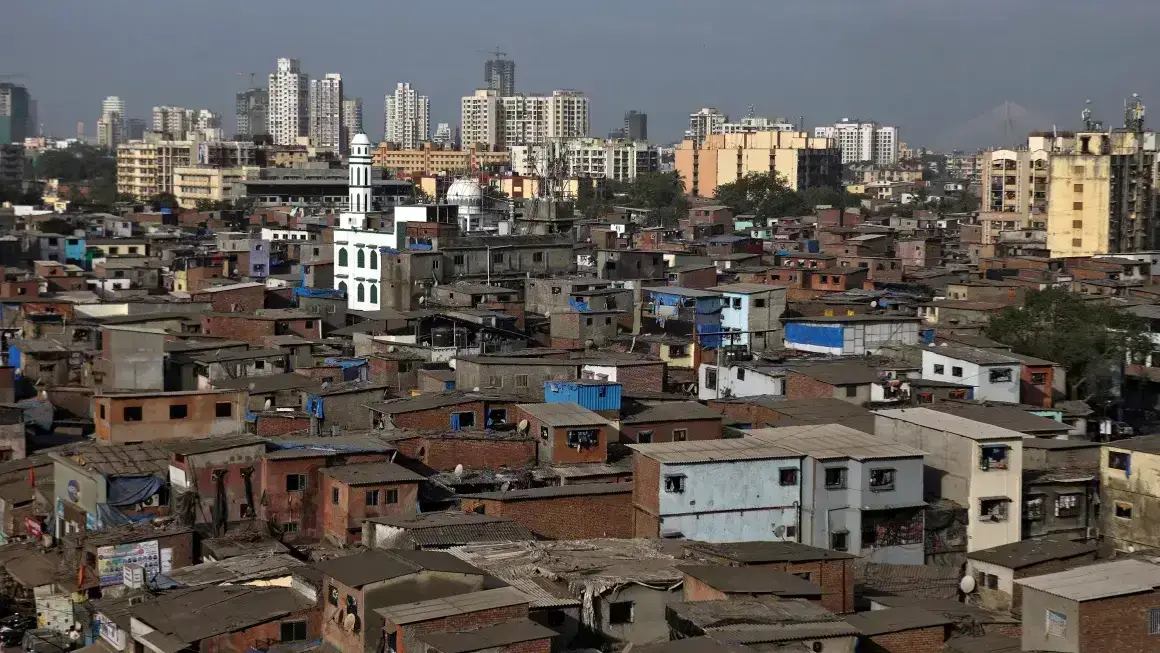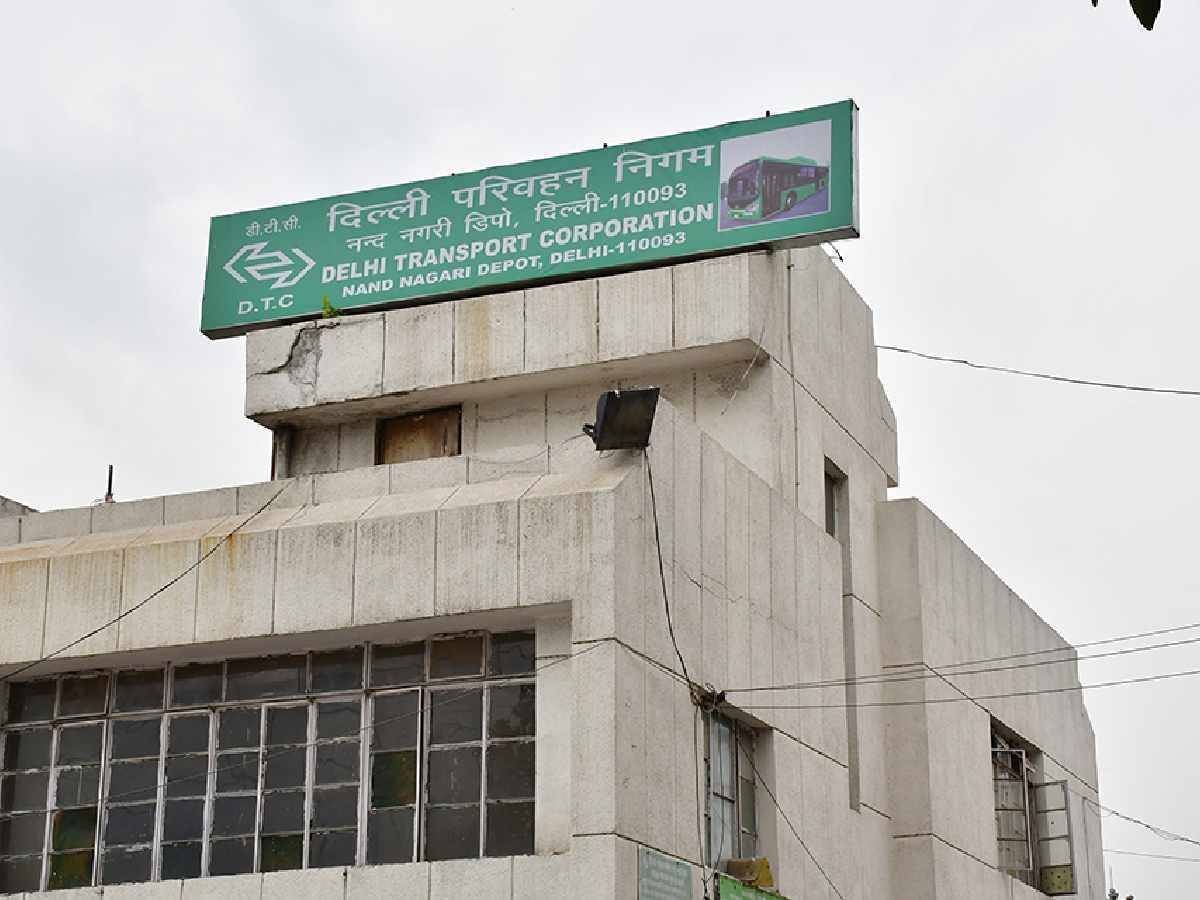The Punjab & Haryana High Court has directed the Haryana state authorities to take decisive action against over 4,000 unauthorized constructions in Gurugram’s DLF Cyber City. Issuing a writ of mandamus, the court has mandated that the enforcement measures be completed within two months. The case was initiated following petitions filed by the DLF City Residents Welfare Association and DLF-3 Voice in 2021, which raised concerns over illegal developments. These petitions were based on findings from a 2018 Action Taken Report that highlighted unauthorized constructions and the failure of local authorities to address the issue.
The High Court took serious note of the situation, observing that unauthorized buildings were emerging at an alarming rate. The judges expressed concern that these developments were happening due to the involvement of local administration officials who had allowed violations to continue unchecked. The court pointed to the influence of a network of individuals benefiting from these constructions, significantly altering the planned nature of DLF Cyber City.
The court emphasized that these constructions violated multiple urban planning laws, including the Zoning Plan, the Building Bye Laws of 2016 and 2017, and the Haryana Building Code. The authorities had failed to enforce these regulations, leading to unregulated expansion that threatened the structured development of the area. The judgment made it clear that without intervention, the character of DLF Cyber City would be significantly altered, affecting residents and businesses alike.
Concerns were also raised regarding the long-term impact of these unauthorized constructions on the overall infrastructure of DLF Cyber City. The court noted that if such developments were not curbed, the area would face challenges related to essential services, including potable water supply, sewage systems, air quality, transport facilities, and electricity distribution. The impact would not be limited to individual buildings but would extend to the city’s broader infrastructure, leading to increased strain on public resources.
During the hearing, the state counsel acknowledged that at least 4,033 plots, including both general and economically weaker section (EWS) categories, were found to have violations. While some actions had been initiated, such as issuing notices under the Haryana Development and Regulation of Urban Areas Act, 1975, and passing restoration orders in certain cases, the High Court found these efforts insufficient. The court pointed out that enforcement measures had been delayed and that many cases were being stalled due to stays granted by civil courts.
Despite existing legal provisions restricting the jurisdiction of civil courts in such matters, these cases had continued to slow down regulatory action. The High Court directed that such cases should be closed at the earliest, following a proper hearing of all concerned parties, to prevent any further delay in enforcement. This directive was issued with the objective of ensuring that the legal process does not become an obstacle in addressing large-scale violations.
The ruling mandates that the Haryana authorities complete their enforcement measures within two months. This includes taking action against all identified unauthorized constructions, ensuring compliance with urban planning laws, and restoring affected areas wherever possible. The court has sent a strong message that regulatory violations will not be tolerated and that swift measures are required to maintain the integrity of planned urban development in DLF Cyber City.









.png)